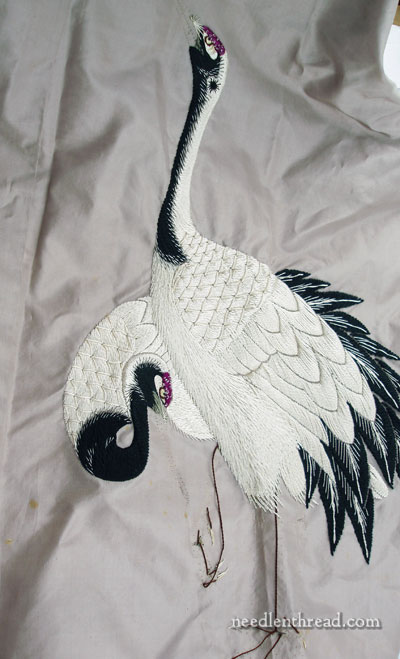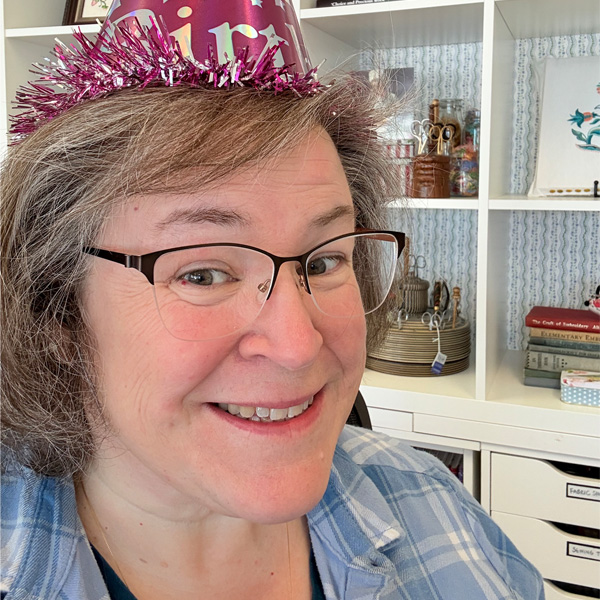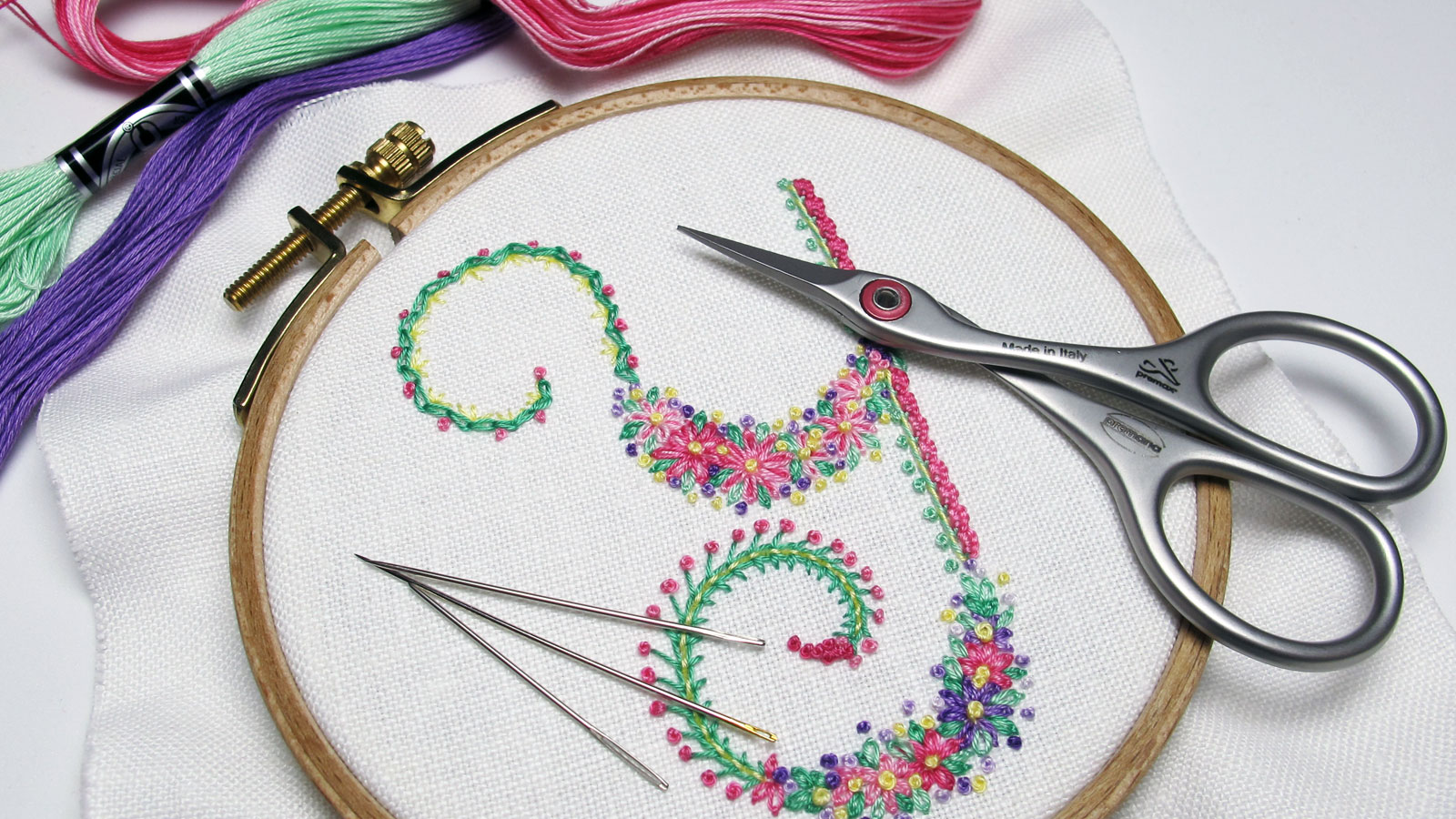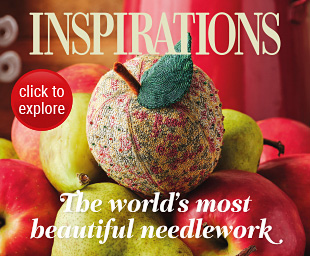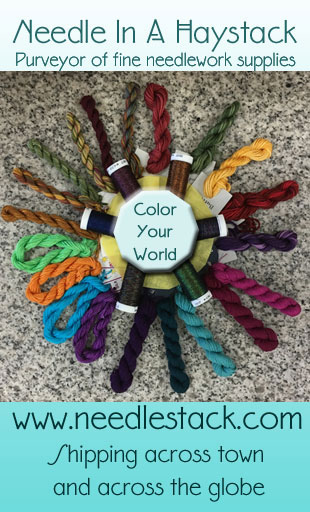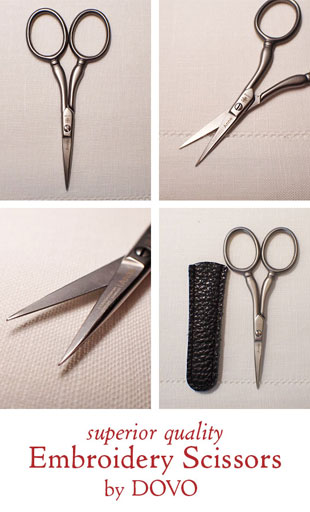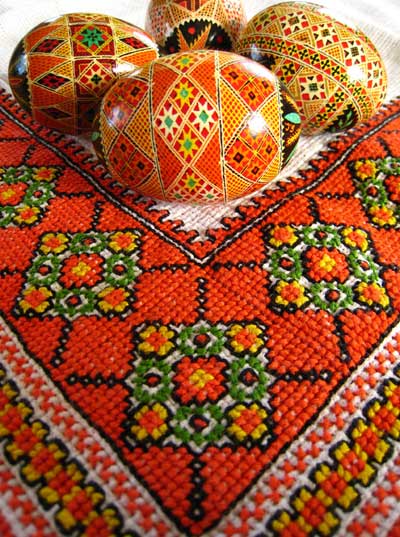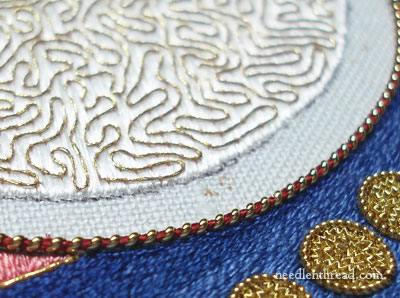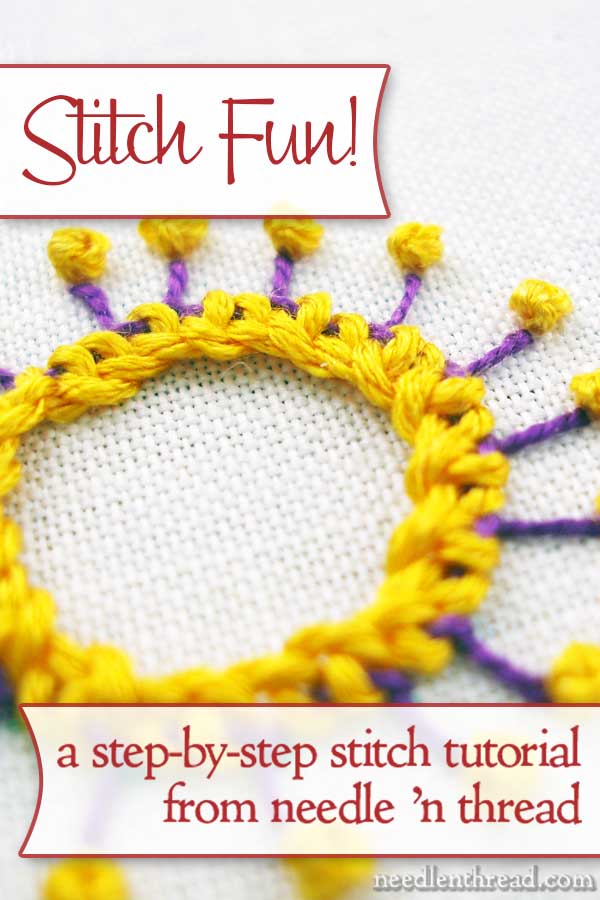Last month, the final Nesting Place online class finished up here on Needle ‘n Thread. It was a great class! My heartfelt thanks goes out to Bobbi Chase, who offered me the use of her design for the class, to Lamora Haider and her crew at Access Commodities, who were so helpful in putting together the fine supplies we used in the Nesting Place project, and to all the participants who made it a successful and fun class!
Now, you just have to let me do the Teacher Brag thing a bit here. If we were in school, I’d be pinning up these class projects on the bulletin board and lining the school hallway with them! Needle ‘n Thread will be my bulletin board and my hallway today!
Though you might be tempted to think that all the needlebooks from the same class project would come out exactly the same, you’ll see here that this isn’t the case at all! Embroidery sometimes reminds me of handwriting – you can always tell that someone else has done this stitching or that stitching. And of course, when it comes to embroidery projects, there’s always that option of personalization! I hope you’ll enjoy seeing these darling needlebooks, the outcome of six grueling weeks of torturous embroidery!!
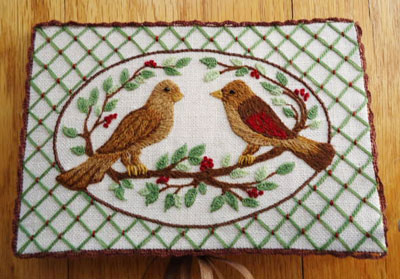 Continue reading “Nesting Place – Needlebook Finishes!”
Continue reading “Nesting Place – Needlebook Finishes!”
